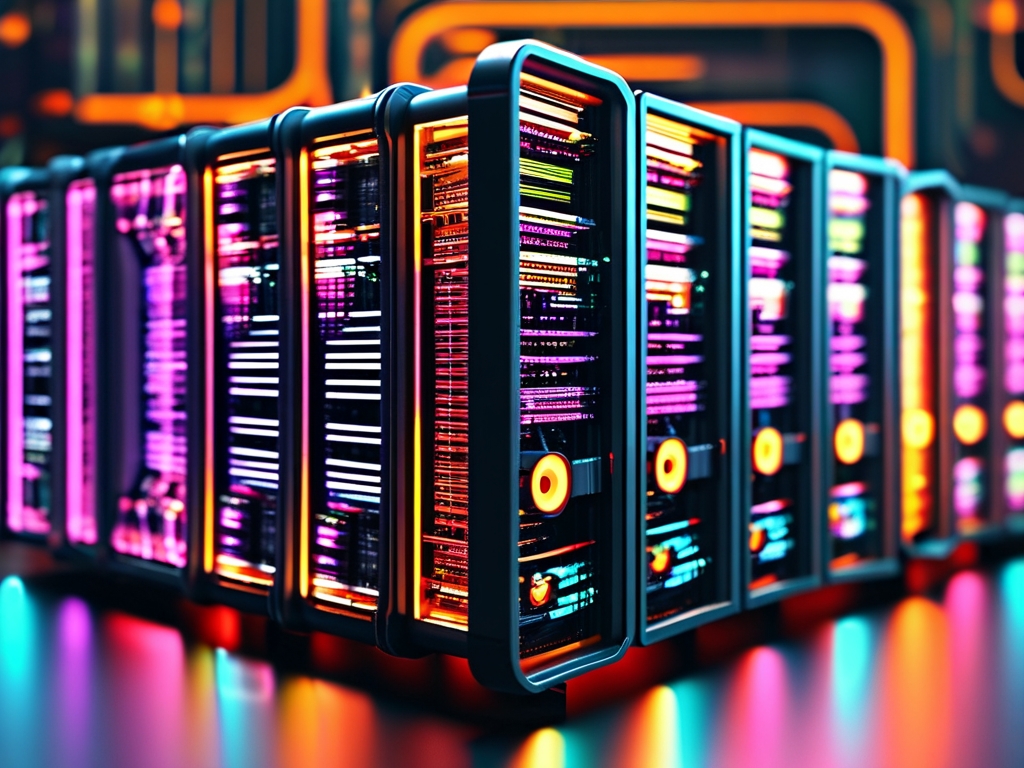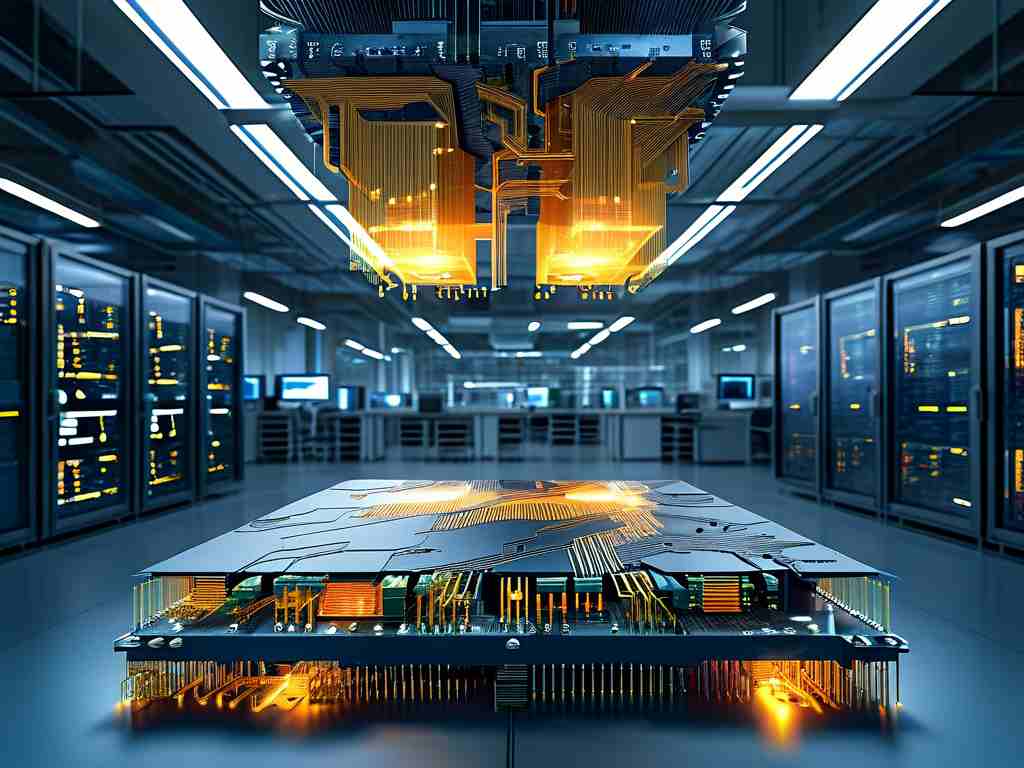In the rapidly evolving landscape of software development, source code distributed architecture has emerged as a critical paradigm for building scalable, resilient, and maintainable systems. This article explores what source code distributed architecture entails, its benefits, challenges, and real-world applications, offering insights for developers and architects aiming to modernize their systems.
What Is Source Code Distributed Architecture?
Source code distributed architecture refers to a design approach where an application’s codebase is structured to operate across multiple independent components or services, often running on geographically dispersed servers. Unlike monolithic architectures, where all functionalities are tightly coupled within a single codebase, this model emphasizes decentralization and modularity. Each component is designed to function autonomously while communicating with others via well-defined APIs or messaging protocols.
The term "source code" highlights that the distribution is not just a runtime deployment strategy but is deeply embedded in the code’s organization. For example, a system might use microservices, where each service is a separate code repository with its own development lifecycle, or a modular monolith, where code is logically partitioned but deployed as a single unit.
Key Characteristics
- Decentralized Ownership: Teams can develop, test, and deploy components independently.
- Horizontal Scalability: Components can be replicated across servers to handle increased load.
- Fault Isolation: Failures in one component do not cascade to others.
- Technology Heterogeneity: Different components can use varied programming languages or frameworks.
Advantages of Distributed Source Code Architectures
1. Enhanced Scalability
By distributing workloads across multiple nodes, systems can handle higher traffic and computational demands. For instance, a global e-commerce platform might deploy payment processing services closer to users in specific regions to reduce latency.
2. Improved Resilience
Distributed architectures minimize single points of failure. If a server hosting a recommendation engine fails, other servers can take over, ensuring uninterrupted service.
3. Flexibility in Development
Teams can work on separate components without disrupting the entire system. A social media app’s authentication service, for example, could be upgraded without affecting the newsfeed or messaging features.
4. Cost Efficiency
Cloud-based distributed systems allow organizations to pay only for the resources they use. Auto-scaling features further optimize costs during traffic spikes.
Challenges and Mitigations
1. Complexity in Coordination
Managing communication between distributed components requires robust protocols (e.g., REST, gRPC, or message brokers like Kafka). Tools like service meshes (e.g., Istio) help streamline inter-service communication.
2. Data Consistency
Ensuring data integrity across components is challenging. Solutions include:
- Event Sourcing: Capturing state changes as immutable events.
- Distributed Databases: Using systems like Cassandra or CockroachDB for cross-node consistency.
3. Debugging and Monitoring
Tracing issues in a distributed system demands advanced observability tools like Prometheus for metrics, Jaeger for tracing, and the ELK Stack for logging.
4. Security Risks
Distributed systems expand the attack surface. Zero-trust architectures and API gateways (e.g., Kong) help enforce security policies.
Real-World Applications
1. Microservices in E-Commerce
Companies like Amazon and Netflix use microservices to decouple functionalities like inventory management, user profiles, and video streaming. Each service scales independently, ensuring high availability during peak sales or streaming hours.
2. Blockchain Networks
Blockchains like Ethereum operate on distributed nodes that validate transactions via consensus algorithms. The source code for smart contracts and node software is inherently decentralized.
3. Cloud-Native Applications
Platforms like Kubernetes orchestrate containerized services across clusters, enabling developers to deploy distributed applications seamlessly.
4. Distributed AI Training
Machine learning frameworks like TensorFlow distribute training tasks across GPUs or TPUs, accelerating model development.

The Future of Distributed Architectures
Emerging trends include serverless computing, where functions are ephemeral and auto-scaled, and edge computing, which processes data closer to end-users. These innovations will further push developers to adopt distributed source code strategies.
Source code distributed architecture is not a one-size-fits-all solution but a powerful approach for systems requiring scalability, resilience, and agility. While it introduces complexity, modern tools and best practices—such as DevOps automation, infrastructure-as-code, and AI-driven monitoring—are mitigating these hurdles. As organizations continue to embrace cloud-native and globalized infrastructures, mastering distributed architectures will remain a cornerstone of software engineering excellence.










